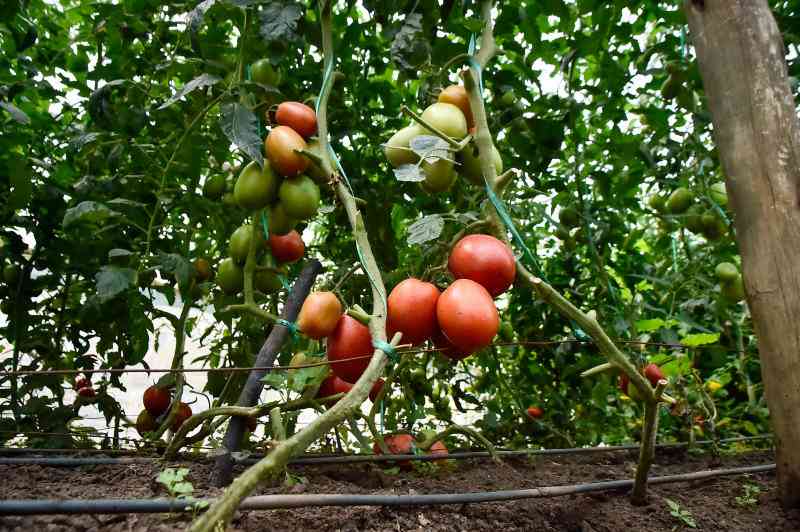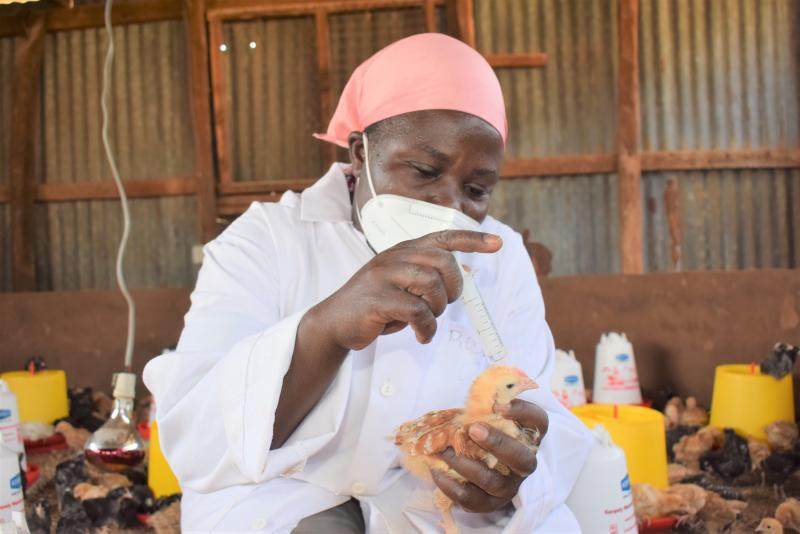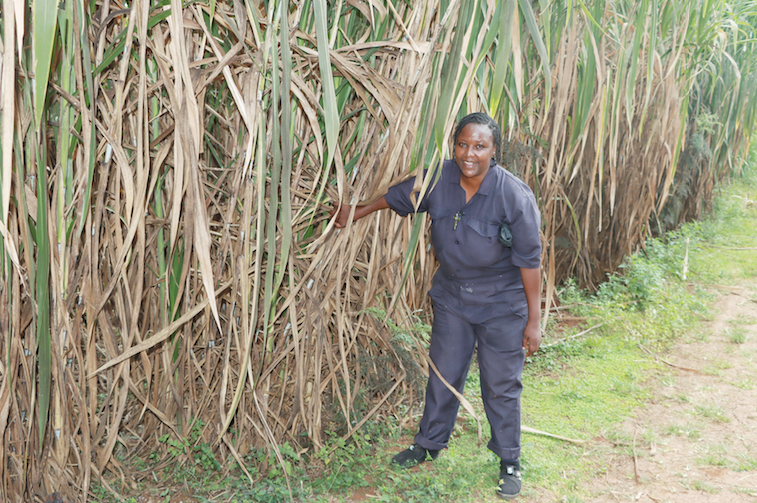Peach is a temperate fruit tree that belongs to the family of Rosaceae, same as the apple. Peaches have not penetrated the Kenyan market that well; the fruit is spotted in few high-end marketplaces.
However, there are few farmers who cultivate peaches on a small scale and do sell their produce to roadside vendors. Paul Mutuku from Machakos County is one of them. He shares insights on what it takes to plant peaches.
Soil Preparation
Peaches should be planted in well-worked soil having an adequate supply of nutrients and with a pH of 6.0 to 6.5.
A soil test prior to planting is a good investment. Deficiencies should be taken care of before planting.
The site should be exposed to enough sunlight. Varieties propagated in Kenya include; Alexander, jewel, waldo, killiecrankie among others.
“While there are many new and excellent varieties available to choose from, I recommend`Red Haven’. It is the most popular, and one of the most reliable varieties grown in the world,” says Mutuku.
Planting
Plant trees so that the largest root is pointing toward the prevailing winds and tilt the tree slightly in that direction. Soil enhancements such as compost, composted manure or top soil may be added judiciously.
“Healthy, disease free and vigorous seedlings ought to be planted. A spacing of five by six metres is ideal from one tree to the other. Ensure the planting holes are large enough to accommodate the root system. Inter-crops such as beans and peas can be grown in between the peach trees during the initial stages,” says Mutuku.
He says chemical fertilisers should not be put in the planting hole since research has shown that it is not beneficial when added then since it retards root development.
Pruning
Pruning increases growth and flower bud formation for the following year. Pruning also helps reduce crop load, improve fruit size and reduce limb breakage and tree damage due to excessive crop load.
Mulching and watering
Mutuku recommends applying some type of mulch, such as hay or straw early in the season. This should be renewed each year. After a few months, the mulch should be pulled back from the tree to prevent the buildup of mice and to hasten hardening off.
“Adequate water is critical during the two weeks prior to harvest, since this is the time that peaches increase in size most rapidly,” says Mutuku.
Pest and disease control
A wide variety of pests and diseases attack peach trees. They include; aphids, moth, fruit flies, nematodes, scab, mildew, leaf curl, rust and root rot.
Peaches start fruiting in the third or fourth year. Thinning is necessary to control the number of fruits and for the production of quality peach fruits.
“A farmer would rather have fewer quality well-sized fruits than have many poorly developed fruits. Fruit don’t ripen uniformly on the tree so it is necessary to hand-pick fruits selectively.”
Peach fruit requires three to five months to reach harvest from the time flowers are pollinated.
Market
Mutuku says there is a local and international market for fruits that have been growing steadily over the years. He challenges the large chunk of the unemployed youths to consider venturing in the trade.
Want to get latest farming tips and videos?
Join Us
 The Standard Group Plc is a multi-media organization
with investments in media platforms spanning newspaper print operations,
television, radio broadcasting, digital and online services. The Standard Group
is recognized as a leading multi-media house in Kenya with a key influence in
matters of national and international interest.
The Standard Group Plc is a multi-media organization
with investments in media platforms spanning newspaper print operations,
television, radio broadcasting, digital and online services. The Standard Group
is recognized as a leading multi-media house in Kenya with a key influence in
matters of national and international interest.
 The Standard Group Plc is a multi-media organization
with investments in media platforms spanning newspaper print operations,
television, radio broadcasting, digital and online services. The Standard Group
is recognized as a leading multi-media house in Kenya with a key influence in
matters of national and international interest.
The Standard Group Plc is a multi-media organization
with investments in media platforms spanning newspaper print operations,
television, radio broadcasting, digital and online services. The Standard Group
is recognized as a leading multi-media house in Kenya with a key influence in
matters of national and international interest.






